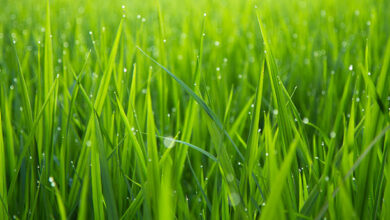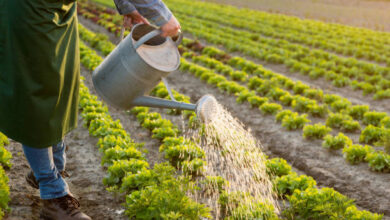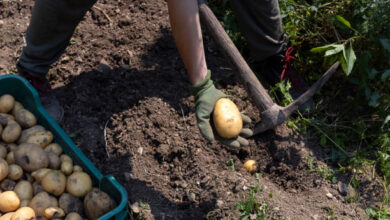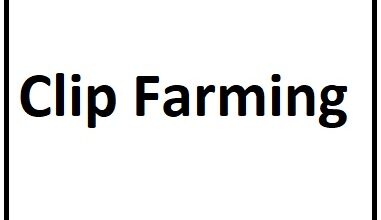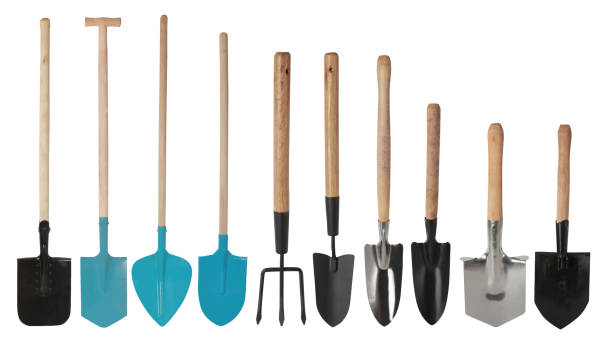
Spade for Your Garden: Types, Features, and Tips
Having the right tools is crucial for effective gardening, and a quality spade is one of the most essential. Whether you’re digging, planting, or edging, the right spade can make a significant difference in the ease and efficiency of your gardening tasks. In this guide, we’ll explore the different types of Spade for Your Garden, their features, and offer tips on how to choose and use them effectively.
What Is a Garden Spade?
A garden spade is a versatile gardening tool designed for digging, edging, and transplanting. It typically features a flat, pointed blade and a long handle, making it ideal for breaking up soil, cutting through roots, and moving plants. Its design allows gardeners to perform various tasks with precision and ease.
Different Types of Garden Spades
Understanding the different types of spades available can help you select the right one for your gardening needs. Here’s an overview of some common types:
- Traditional Garden Spade
Description and Features
The traditional garden spade is characterized by its flat, rectangular blade and a long handle. It is designed for general digging and soil turning. The blade is often made from high-quality steel or carbon, providing durability and strength.
Ideal Uses and Applications
– Digging: Perfect for breaking up soil and digging holes.
– Soil Turning: Ideal for turning compost or soil in garden beds.
Pros and Cons
– Pros: Durable, versatile, and effective for various soil types.
– Cons: Can be heavy and cumbersome for prolonged use.
- Border Spade
Definition and Features
A border spade has a narrower, elongated blade, making it suitable for working in tight spaces or narrow garden beds. It usually features a shorter handle compared to traditional spades.
Best Applications for Narrow or Tight Spaces
– Edging: Excellent for creating clean edges along garden borders.
– Small Beds: Ideal for working in compact areas where a larger spade might be too bulky.
Advantages and Limitations
– Advantages: Maneuverable and efficient in tight spaces.
– Limitations: Limited for larger digging tasks.
- Digging Spade
Characteristics and Design
The digging spade is designed with a robust, pointed blade that can penetrate hard soil and compacted ground. It often features a reinforced shaft for added strength.
Ideal Uses for Breaking New Ground and Heavy Soil
– Breaking Ground: Suitable for initial soil preparation and breaking through tough soil.
– Heavy Soil: Effective for digging in clay or rocky soil conditions.
Benefits and Potential Drawbacks
– Benefits: Powerful and effective for tough digging tasks.
– Drawbacks: Can be heavy and tiring to use for extended periods.
- Transplanting Spade
Description and Key Features
A transplanting spade has a narrower blade with a sharp edge, designed specifically for moving plants and seedlings. It often includes a pointed tip to facilitate precise planting.
Best Uses for Moving Plants and Seedlings
– Transplanting: Ideal for digging up and relocating plants with minimal disturbance.
– Seedlings: Great for planting small, delicate plants.
Pros and Cons of Using a Transplanting Spade
– Pros: Precision and control for delicate planting tasks.
– Cons: Less effective for general digging or heavy-duty tasks.
- Fork Spade
Explanation and Features
The fork spade combines features of a spade and a fork, with a forked blade designed for loosening soil and aerating beds. It is particularly useful for breaking up compacted soil and turning compost.
Applications for Loosening Soil and Aeration
– Soil Aeration: Effective for improving soil structure and oxygenation.
– Compost Turning: Ideal for mixing and aerating compost piles.
Benefits and Limitations
– Benefits: Excellent for soil aeration and handling organic matter.
– Limitations: Less suitable for traditional digging tasks.
YOU MAY LOVE TO READ
Popular Flowers That Start with ‘P’: Varieties, Characteristics, and Growing Tips
Popular Flowers That Start with ‘C’: Varieties, Characteristics, and Growing Tips
Materials and Construction
Garden spades are made from various materials, each impacting durability and performance:
– Blades: Common materials include high-carbon steel for strength and stainless steel for rust resistance.
– Handles: Handles can be made from wood, fiberglass, or metal. Wood handles offer comfort but may require more maintenance, while fiberglass and metal handles are more durable and low-maintenance.
Choosing the Right Spade for Your Garden
When selecting a spade, consider the following factors:
– Soil Type: Choose a spade with a suitable blade for your soil conditions (e.g., digging spade for heavy clay).
– Garden Size: For larger gardens, consider a spade with a longer handle for better leverage.
– Specific Tasks: Select a spade based on the tasks you perform most often (e.g., border spade for edging, transplanting spade for moving plants).
Tips for Selecting the Right Spade Based on Personal Needs and Preferences
– Try Before You Buy: If possible, test the spade for comfort and balance.
– Consider Weight: Choose a spade that is manageable for you to use effectively.
– Check Reviews: Look for spades with good reviews and recommendations from other gardeners.
How to Use a Garden Spade Effectively
– Digging: Use your body weight to push the spade into the soil, leveraging the handle to lift and turn soil.
– Edging: Position the spade at the edge of garden beds and push down to create clean, defined borders.
– Transplanting: Insert the spade carefully around the root ball of the plant, lift, and relocate.
Safety Tips and Best Practices
– Wear Gloves: Protect your hands from blisters and injury.
– Use Proper Technique: Bend at the knees and use your legs to lift the spade, reducing strain on your back.
– Regular Maintenance: Keep the spade clean and sharp for optimal performance.
Maintenance and Care for Your Garden Spade
– Cleaning: After each use, clean the blade to remove soil and debris.
– Sharpening: Regularly sharpen the blade to maintain its effectiveness.
– Storage: Store the spade in a dry place to prevent rust and damage.
Conclusion
A garden spade is a versatile tool that can greatly enhance your gardening experience. By understanding the different types of spades, their features, and proper usage, you can select the right one for your needs and ensure it remains in good condition. Whether you’re digging, edging, or transplanting, choosing the right spade will make your gardening tasks more efficient and enjoyable.

